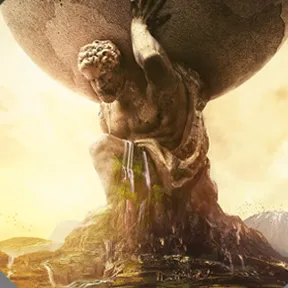In the Empire of The Incas | New insights in the Andes
Rulers of the Andes. The first superpower of the American double continent.
The Inca civilization was once vast and powerful. In recent years, technological progress has yielded new insights, which now present the history of the Incas in a new light.
Shrouded in myth and legend, the spectacular history of the Incas remained largely hidden for a long time - their story was told by their enemies, the Spanish conquistadors.
The Incas went down in history as rulers of the Andes and the Pacific coast. In the 15th and 16th centuries, over a period of just over 100 years, they captured an area that extended from their capital Cuzco in the south of contemporary Peru to the area that is today’s Chile.
At least 10 million people lived in this empire, the largest of pre-Columbian America. Despite the size of their territory, the Inca did not have a fully developed written language. That’s why their story was told by the Spanish conquistadors, who captured the Inca Empire starting from 1532.
Following the brutal repression of the Incas, chronicles appeared in Spanish. These included the manuscript of Don Felipe Waman Puma de Alaya. In the 19th and 20th century, whenever new finds from the Inca Empire needed interpretation, the fledgling science of archaeology systematically referred to this single historic source. But over the past 15 years, technological advances and numerous research projects have provided new insights. Previously unknown or misinterpreted elements were clarified. This information presents the history of the Incas in a new light.
So what was life really like in this legendary civilization?
Scientists are carrying out research across the entire former Inca empire to find precise answers to that question.















































